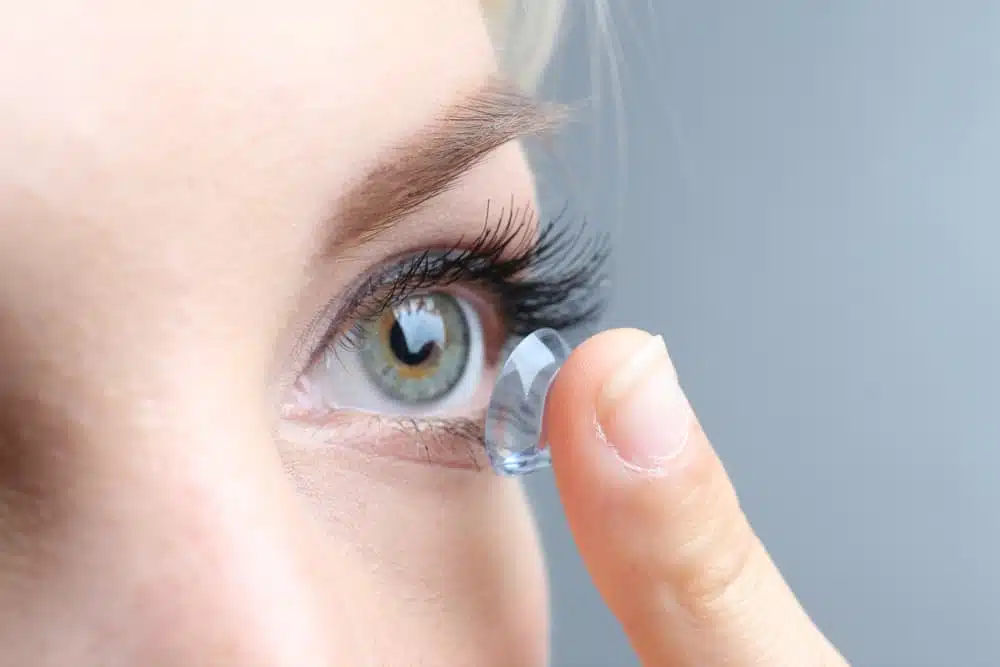Contact lenses have become more advanced over the years in their range of options and capabilities. Considering this, it can be hard to know right off the bat which option is best for your needs.
For people with vision impairments, contacts have maintained their status as an effective, almost invisible tool. Contacts are made up of thin plastic lenses that fit over the cornea – the clear, front part of the eye – and serve to correct vision problems including nearsightedness, farsightedness, and astigmatism. Contacts are suitable vision aids even if you have presbyopia and need bifocals.
Talking to your eye doctor and seeing what they recommend can help you determine the best type of contacts for your needs. Below we’ll give an overview of some common types of contacts and their specific uses and benefits to help you identify the best option for your needs.
Soft Contact Lenses
Soft contact lenses are made from a special type of plastic mixed with water. The water content serves the purpose of letting oxygen pass through the lens to your cornea. This makes the lenses more comfortable, alleviates dryness in the eyes, and helps keep your cornea healthy.
There are many pros that come with this type of contact lenses. Many soft lenses are disposable, so you can toss them out after a short time of using them. Being able to switch out contacts for a fresh pair regularly brings added benefits: less chance of infection, less required cleaning, and more comfort.
These lenses come with a couple of cons, as soft contact lens material can absorb particles, chemicals, and bacteria more easily than both hard and rigid gas-permeable lenses. Soft contacts also carry the downside of being more fragile, ripping or tearing more easily than hard or gas-permeable lenses.
Rigid Gas-Permeable Lenses
As the name suggests, these contacts are harder than soft contacts. They’re made out of silicone and they’re also designed to let oxygen pass through to your cornea.
With these lenses, you may be able to see better than you would with soft lenses. In addition, they have the ability to correct substantial astigmatism. They are also easy to take care of and durable.
The only disadvantage of gas-permeable lenses is that initially, they don’t feel as comfortable as soft contacts. Since it takes longer to get used to them, you need to wear them every day.
Bifocal Contacts
As one ages, the lens in your eye often becomes less effective in its ability to focus from far to near – a condition known as presbyopia.
For those who have challenges with both near and far vision, bifocal lenses can be a remedy, as they are designed to provide clear vision at all distances. They have two prescriptions in the same lens – for near and distance vision, and they come in both soft materials and rigid gas permeable materials.
At Laurier Optical, we are devoted to helping you maintain optimal eye health, and we offer a wide range of contacts that can serve a wide variety of needs. We also offer comprehensive eye exams, done on-site and available with or without an appointment. Contact us today to book an eye exam and we’ll help you determine which type of contacts are best suited for your needs.
